#ancient portraits
Explore tagged Tumblr posts
Text

Ancient Egyptian 'Mummy Portraits' From Nearly 2 Millennia Ago
These ancient 'mummy portraits' provide a window into ancient Egyptian life and culture.
In the early first millennium, many mummies in Egypt were affixed with lifelike portraits showcasing the deceased's once-vivid eyes, styled hair and elaborate jewelry. Over the past few centuries, archaeologists have unearthed more than 1,000 of these mummy paintings, largely from the city of Fayum, earning them the name "Fayum portraits."
These well-preserved, mesmerizing portraits still captivate, prompting Allard Pierson, a museum in Amsterdam, to feature nearly 40 Fayum portraits in its exhibit "Face to Face: The People Behind Mummy Portraits," which opened Oct. 6 and runs through Feb. 25, 2024.
The portraits, created during Egypt's Roman period (30 B.C. to A.D. 395), often depict individuals with European heritage, who moved to the area following Alexander the Great's rule, the subsequent Ptolemaic dynasty (305 to 30 B.C.) led by one of his generals and the Roman period, when the empire made Egypt into a province.
The portraits were often painted on wooden panels with the two upper corners cut off so they could be easily inserted into the mummy bandages, over the face of the mummified body, Ben van den Bercken, curator of the Collection Ancient Egypt and Sudan at Allard Pierson saiid.
Below are 12 of the portraits, each revealing hints about the deceased and their culture.
Portrait of Ammonius
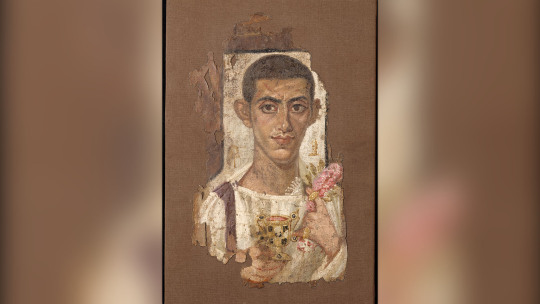
In the restored "Portrait of 'Ammonius,'" painted on linen sometime between A.D. 225 and 250, a young man holds a chalice in one hand and a flower bouquet in the other. The artist gave Ammonius several distinctive features, including large lips, prominent ears, eye bags and strangely curved fingers, according to the book "Mummy Portraits in the J. Paul Getty Museum" (Oxford University Press, 1982).
Pearl earrings

This portrait, painted between A.D. 150 and 200 on wood, shows a young woman with brown doe eyes, a slender nose and thick eyebrows. Pearls, like the ones she wears, are one of the "most ubiquitous" types of earrings in the Fayum portraits, van den Bercken said. Jewelry and hairstyles can help researchers date the portraits, he noted. For instance, women's hairdos could "be very elaborate" and often reflected fashions and trends from Rome itself, "mainly [from] the empress," he said.
However, it's always a question how long it took the fashions of Rome to reach Egypt. In some cases, "something fashionable in Egypt might have already gone out of fashion in Rome itself," van den Bercken said.
Bearded man
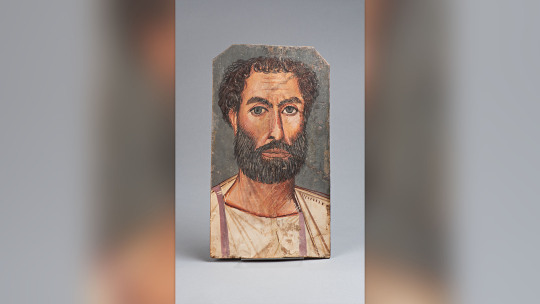
In this portrait, painted on wood sometime between A.D. 175 and 225, we see a curly-haired, bearded man clad in white. The man's beard may mimic the facial hair of Roman emperor Marcus Aurelius (reign 161 to 180), who also sported a beard.
Elegant jewelry

This portrait, painted on wood sometime between A.D. 175 and 200, shows a dark-haired woman wearing a matching necklace and earrings. However, as in other Fayum portraits, it's unclear if it portrays the deceased when they were younger or around the time of death.
In some cases, the portraits were fairly accurate, according to a 2020 study in the journal PLOS One. A team took a CT (computed tomography) scan of a young boy's mummy from Roman Egypt, digitally reconstructed his face and then compared the reconstruction with his portrait. According to an analysis, the portrait made the child look younger than his 3 or 4 years but was otherwise spot-on.
Vivid eyes

This male portrait, painted circa A.D. 250 on limewood, was purchased in the early 1800s by Henry Salt, the British vice-consul in Egypt, making it one of the earliest Fayum portraits recovered in the modern age, according to "Mummy Portraits in the J. Paul Getty Museum."
The earliest record of a Fayum portrait being collected dates to 1615, when a group of the paintings was brought from Saqqara, Egypt, to Europe by the Roman nobleman Pietro della Valle.
Girl with gold wreath
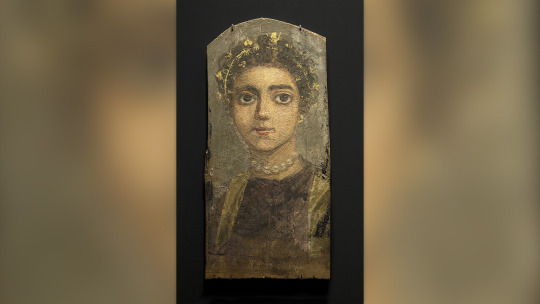
In this portrait, painted on wood between A.D. 120 and 130, we see a young girl wearing a pearl necklace and a golden wreath in her hair. "This wreath is an indication that she 'overcame' death," van den Bercken said.
Man with gold wreath
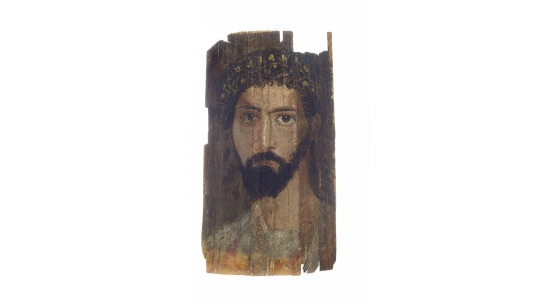
Women weren't the only ones painted with gold wreaths. In this portrait, painted on wood sometime between A.D. 150 and 200, we see a bearded man sporting his own gold laurels.
Realistic portraiture
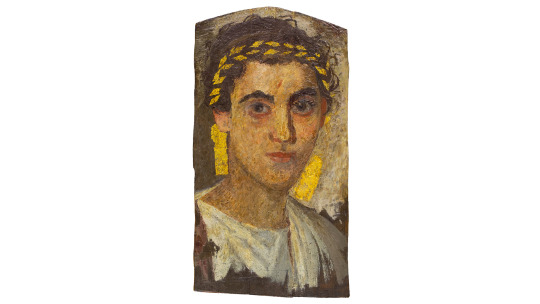
This portrait, painted circa A.D. 150, shows a man clothed in white and wearing a gold wreath. The Fayum portraits' compelling images inspired artists painting icons in the late Byzantine Empire, as well as artists in the late 19th and 20th centuries, according to Allard Pierson. Today, this style is seen as one of the earliest known examples of realistic painted portraiture.
Curly-haired man

This man's beard helped researchers date his portrait to the reign of Emperor Marcus Aurelius. Like others with portraits, the man painted here may have had European roots. Many Greeks and Romans lived in Egypt, first during the Ptolemaic dynasty, which started when one of Alexander the Great's generals took over the region, and later when Rome made Egypt into a province following the death of Cleopatra VII.
Eyes and eyelashes

This portrait, painted on wood between A.D. 300 and 400, shows a woman wearing pearl earrings. "A lot of detail has been put in the composition of eyes and eyelashes," van den Bercken said. A few clues hint that the deceased were upper-middle class or elite, including that many wore ornate jewelry in these portraits. In addition, individuals or their families had to pay an artist for the portrait. "They were not easy to make, not cheap to make resource-wise," van den Bercken said. "The people who ordered them must have had some financial means to do this."
Fancy necklace
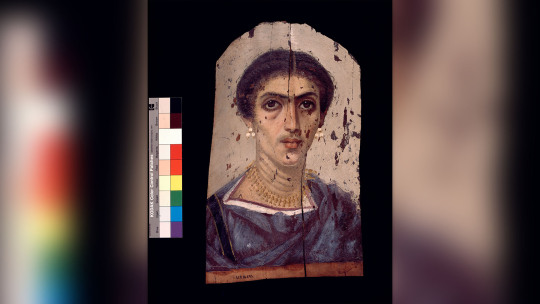
This woman's portrait was painted sometime between A.D. 160 and 190. The majority of known Fayum portraits were found in the 1800s, but in 2022, archaeologists announced that they had discovered more at a cemetery in the ancient city of Philadelphia in Egypt.
Bright-eyed woman

This portrait, painted on wood between A.D. 170 and 200, was found in Egypt in the 1880s, according to "Mummy Portraits in the J. Paul Getty Museum." The woman wears pearl earrings, a necklace, a hot-pink tunic and black clavi, or vertical strips of ornamentation. Her curly hair is drawn into a bun.
By Laura Geggel.
#Ancient Egyptian 'Mummy Portraits' From Nearly 2 Millennia Ago#Fayum Egypt#Fayum portraits#ancient paintings#ancient portraits#ancient artifacts#archeology#archeolgst#art#artist#art work#art world#art news#history#history news#ancient history#ancient culture#ancient civilizations#roman history#roman empire#ancient agypt#egyptian history#egyptian art#roman art
30 notes
·
View notes
Text

Jules Lefebvre (1836-1911) "Sappho" Oil on canvas
#paintings#art#artwork#female portrait#sappho#jules lefebvre#oil on canvas#fine art#french artist#portrait of a woman#side profile#ancient greek poetry#poet#costume#costumes#long dark hair#1k#2k
2K notes
·
View notes
Text

all day all night
#minoan#ill tag this as#my minoan art#cuz making shitposts is art#tagamemnon#ancient greece#about art: its frescoes from Crete and Thera/Akrotiri#good night#self portrait
2K notes
·
View notes
Text

Mummy portrait (wax encaustic on sycamore wood) of a girl, from the Fayum region of Egypt. Artist unknown; ca. 120-150 CE (reign of Hadrian or Antoninus Pius). Now in the Liebieghaus, Frankfurt am Main, Germany. Photo credit: Carole Raddato.
#history#ancient history#Ancient Egypt#Roman Empire#Roman Egypt#art#art history#ancient art#Roman art#Egyptian art#Romano-Egyptian art#mummy portrait#encaustic painting#Liebieghaus
3K notes
·
View notes
Text

♫ ♫ ♫
#sims#sims 4#the sims 4#ts4#simblr#sims 4 portrait#ts4 portrait#my sims#Daisy#She looks like an ancient Greek goddess#She reminds me of Demeter
617 notes
·
View notes
Text

ones body as a vessel for another
#achilles#patrochilles#patroclus#song of achilles#the iliad#homer#hades game#ancient greek#greek mythology#greek gods#greek myth art#romance#mythology#my art#artists on tumblr#illustration#digital art#art#portrait#digital painting#drawing#queer artist#artwork#lgbt art
626 notes
·
View notes
Text

My first piece of fan art. My baby Regulus Black 🌙 ✨ Oil paint on 8x8 canvas. So excited to paint more HP pieces! 🤍
Follow me on Instagram!🌟
#harry potter#regulus black#regulus black fanart#marauders#marauders fan art#marauders era#jegulus#art#artists of tumblr#hp fanart#harry potter fanart#regulus#fan fic art#oil painting#oil on canvas#portrait#timothée chalamet#black brothers#noble and most ancient house of black#it’s my first time#be gentle
1K notes
·
View notes
Text
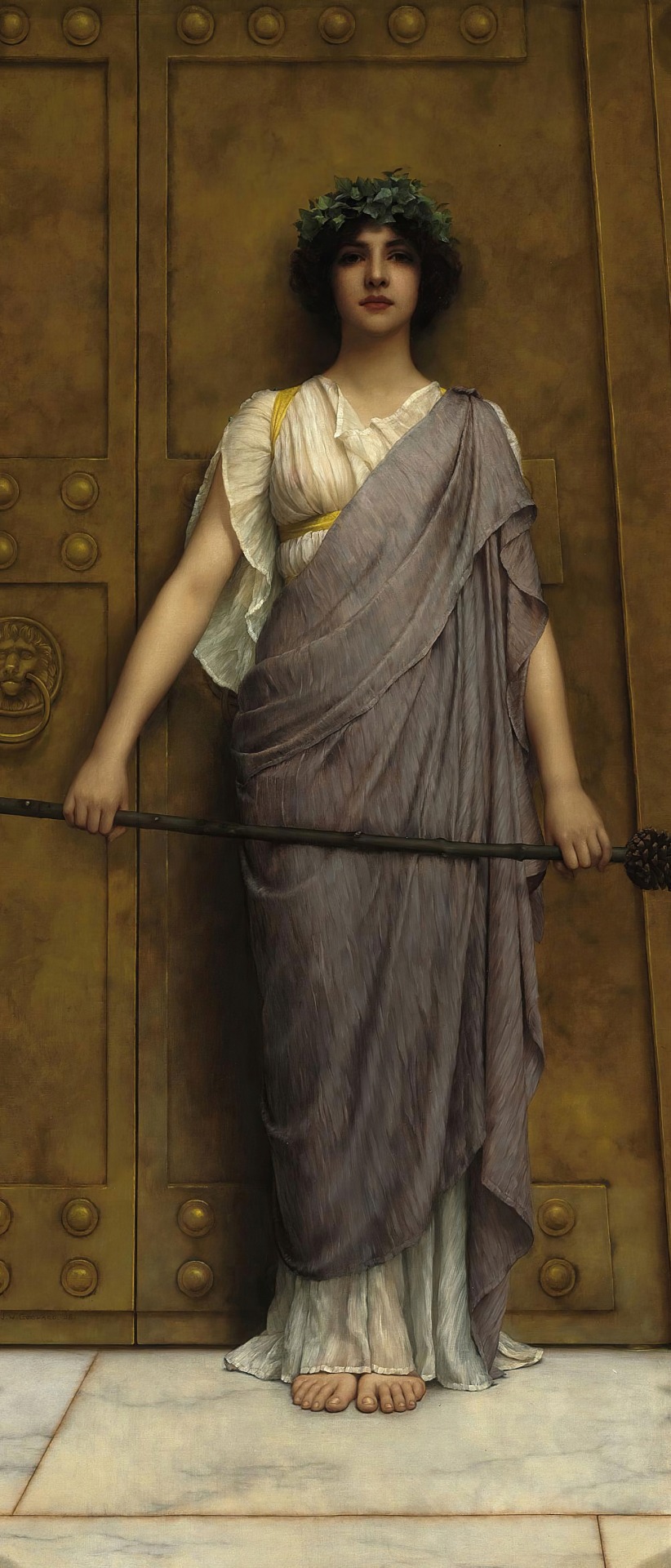
At the Gate of the Temple, 1898 John William Godward
#John William Godward#english art#neo classicism#classical antiquity#art#painting#art history#fashion#portrait#academicism#favorite artists#fashion history#colors#oil on canvas#that fabric#1890s#temple#ancient religions
260 notes
·
View notes
Text
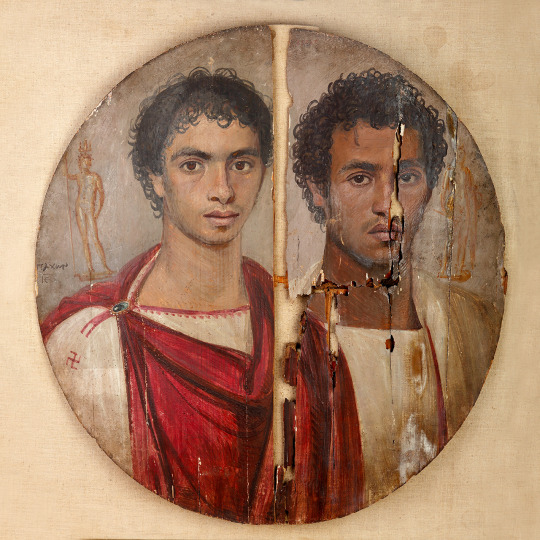
~ Portrait of two brothers.
Period: Roman Period
Place of origin: Hawara, Fayum
Medium: Cedar wood with encaustic painting
#ancient#ancient art#history#museum#archeology#ancient egypt#roman#ancient history#archaeology#Fayum#Egyptian#egyptology#Egypt#portrait#portrait of two brothers#hawara
6K notes
·
View notes
Text
2,000-Year-Old Fayum Portraits from Roman Egypt: also known as "mummy portraits," these funerary paintings were often fastened to the coffins of the people they depicted
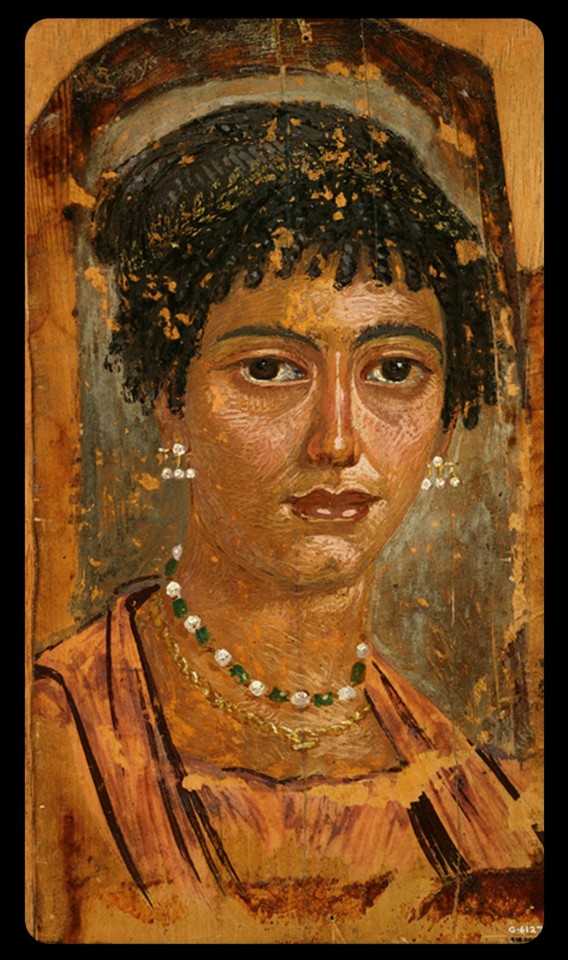
Above: Fayum portrait of a woman from Roman-occupied Egypt, c.100-110 CE
Fayum portraiture was a popular funerary practice among the upper-class families of Roman Egypt from about 50 CE to 250 CE. Given the high mortality rates for children during this period, many of these portraits depict children and youths, but adults were often featured, too.
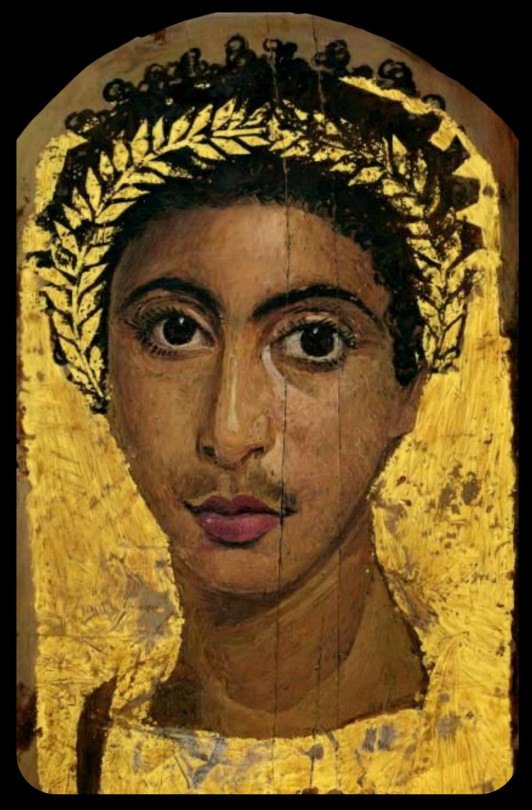
Above: portrait of a youth wearing a golden wreath, c.130-150 CE; the wreath and the background of the portrait are both gilded
The population of the Faiyum Delta, where most of these portraits were found, largely contained individuals with both native Egyptian/North African and Greek heritage. The Greek lineages can be traced back to the Ptolemaic period, when the Greeks gained control of Egypt and began to establish settlements throughout the region, gradually leading to a cultural diffusion between the Greek and Egyptian populations. The Romans eventually took control of Egypt in 31 CE, absorbing it into the Roman Empire and colonizing much of North Africa, but the demographics of the Faiyum Delta remained largely unchanged.
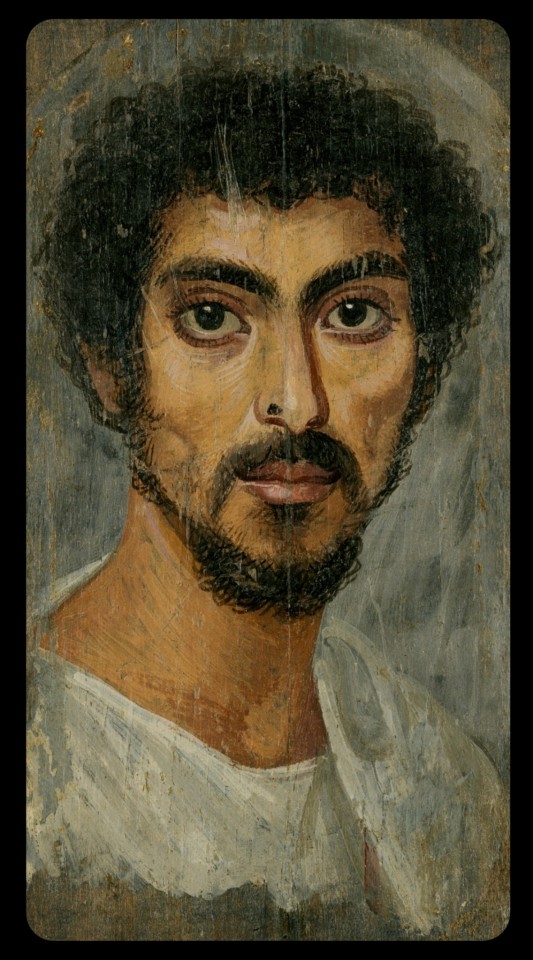
Above: portrait of a man with a mole on his nose, c.130-150 CE
Many of these Fayum portraits reflect the same blend of ethnic and cultural roots, depicting individuals with both Greek and native Egyptian heritage (a claim that is supported by both archaeological and genetic evidence). Some portraits may also depict native Egyptians who did not have any European ancestry, but had been integrated into Greco-Roman society.
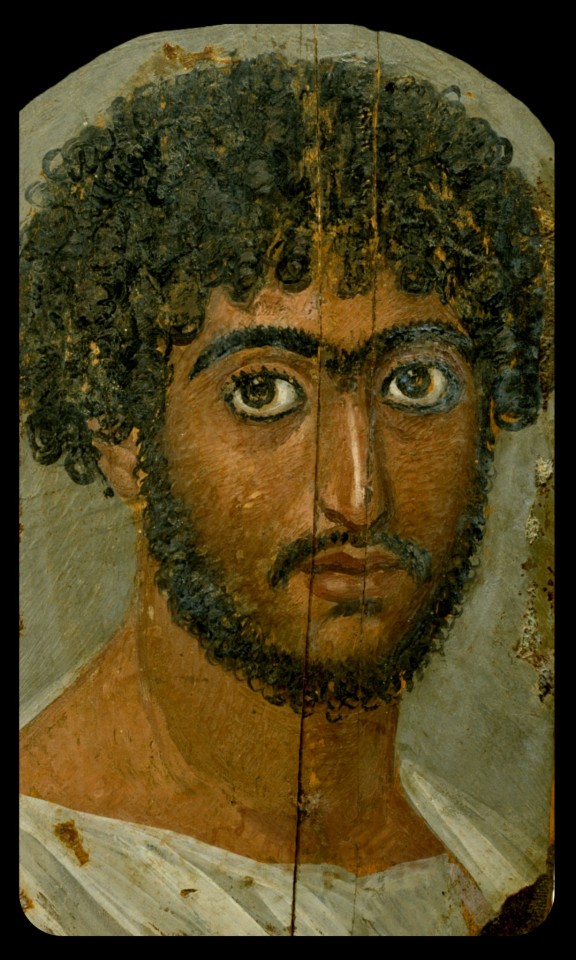
Above: portrait of a bearded man, c.170-180 CE
These representations of native Egyptians provide us with unique insights into the actual demographics of Roman-occupied Egypt (and the ancient world at large). Non-European peoples are rarely included in depictions of the classical world; it's also interesting to see the blend of cultural elements that these portraits represent.

Above: portrait of a priest of Serapis, c.140-160 CE; the man in this portrait is shown wearing a fillet/crown that bears the seven-pointed star of the Greco-Egyptian god, Serapis
As this article explains:
In the 1800s and early 1900s, Western art historians didn’t know what to make of these portraits. Scholars of Roman history labeled them Egyptian. Scholars of Egyptian history labeled them Greco-Roman. These binary academic classifications failed to capture the true complexity of the ancient (or, indeed, modern) Mediterranean. In reality, Fayum portraits are a syncretic form, merging Egyptian and Greco-Roman art and funerary practices. They reflect the cosmopolitanism of both Roman and Egyptian history.
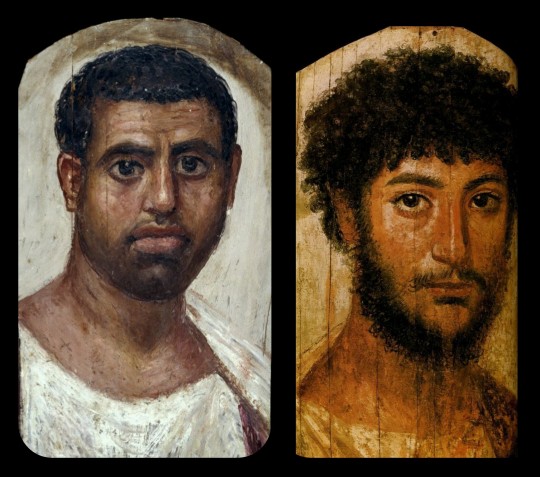
Above: portrait of a man, c.80-100 CE (left); portrait of a bearded officer, sometimes referred to as "Perseus," c.130-175 CE (right)
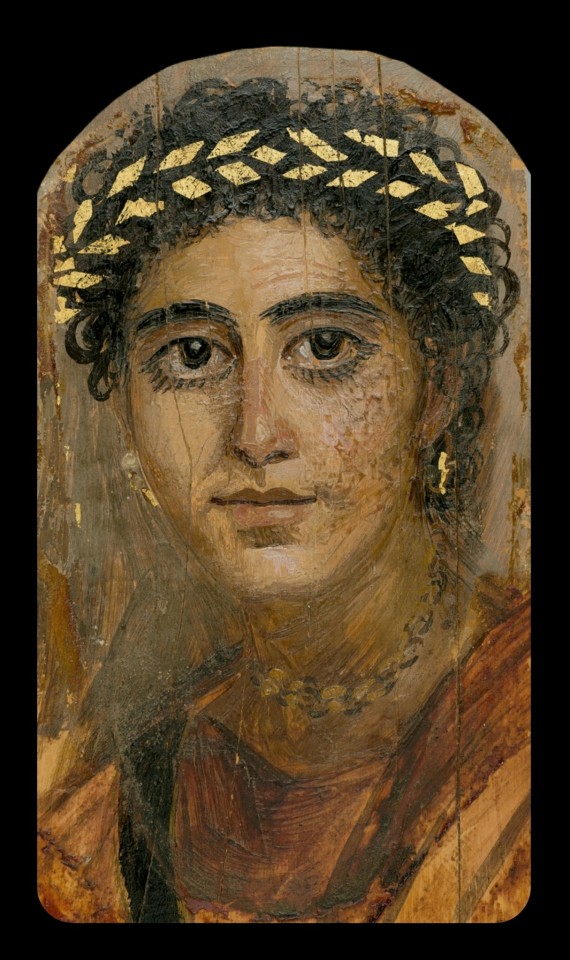
Above: portrait of a young woman in red, c.90-120 CE
Nearly 1,000 of these portraits are currently known to exist.
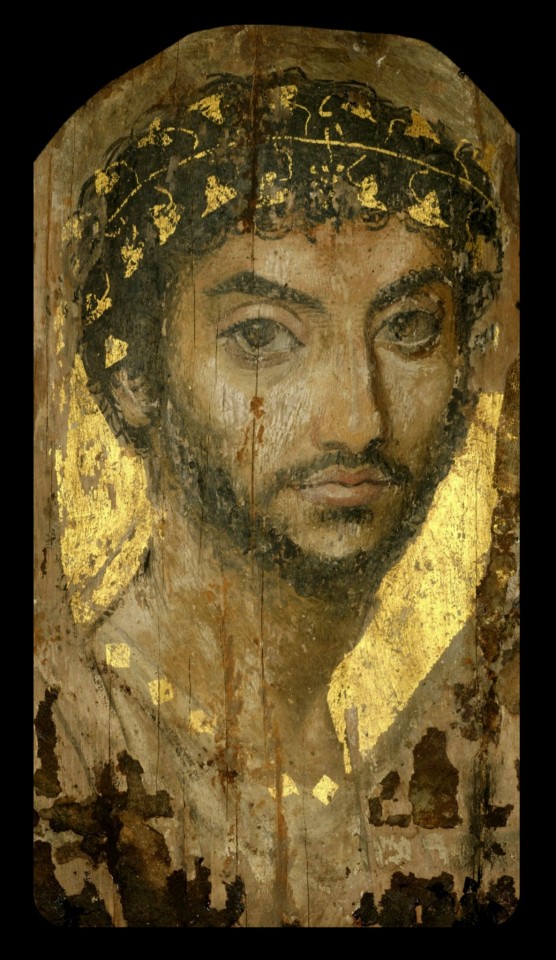
Above: portrait of a man wearing a gilded ivy wreath, c.100-150 CE
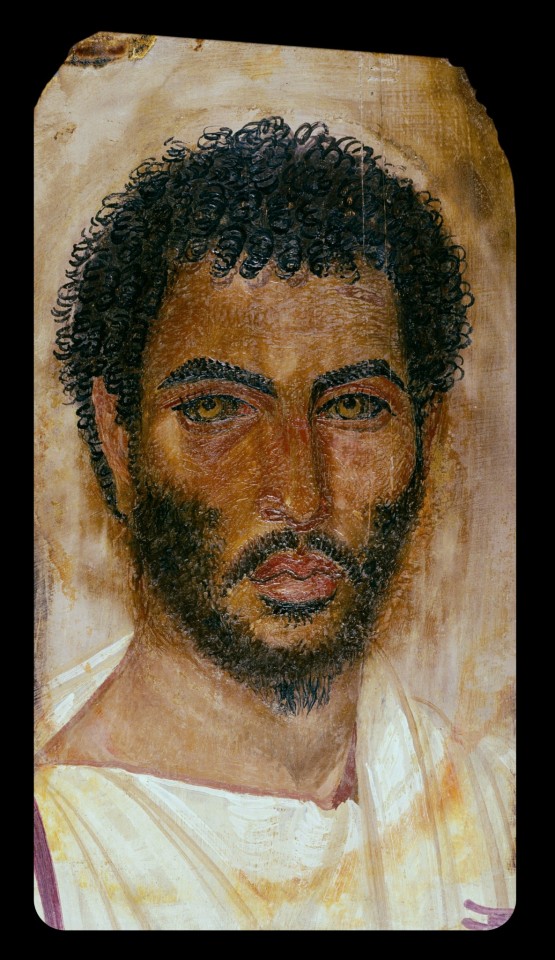
Above: portrait of a bearded man, c.150-170 CE
Sources & More Info:
Curationist: Fayum Portraits
Harvard Art Museums: Giving the Dead their Due: an Exhibition Re-Examines Funerary Portraits from Roman Egypt
Getty Museum: APPEAR Project
Getty Museum: Faces of Roman Egypt
National Geographic: Ancient Egypt's Stunning, Lifelike Mummy Portraits
The Athens Centre: The Myth of Whiteness in Classical Sculpture
Forbes: Whitewashing Ancient Statues: Whiteness, Racism and Color in the Ancient World
#archaeology#artifact#anthropology#history#ancient history#art#fayum portraits#roman egypt#ancient rome#ethnography#painting#portrait#north africa#people of color#egypt#religion#greco roman#greek#classical antiquity#fayum#mummy portraits#romano egyptian#representation
371 notes
·
View notes
Text

Loved this scene in the films. HAD to paint it 😄 Prints are available HERE
#lotr#lord of the rings#aragorn#legolas#gimli son of gloin#lotr frodo#samwise fanart#artwork#digital art#digital painting#painting#commission#digital illustration#portrait#fantasy art#lotr movies#hobbit#the fellowship of the ring#ancient kings#return of the king#gandalf the grey#gandalf#magic#watercolor#digital artist#lgbt artist#small business#art#bilbo baggins#lotr elves
3K notes
·
View notes
Text
Those About To Die's decision to make Domitian an evil twink must be the best rebranding I have ever seen


#man went from damnation memoriae to I need a coquette picture of him on the back of my phone#the romans could not have imagined what they considered a failure and a disgrace in 2024 would be called cunty#I have seen a post shitting on King Charles and Camilla's portrait saying 'You're killing paesants and not even serving cunt'#and I decided it was my favourite insult ever at the time#DOMITIAN IS KILLING PAESANTS AND SERVING CUNT!!!! LIKE JOVE INTENDED!!!!!#I need him EVERYWHERE now#those about to die#domitian vespasianus#domitian#roman empire#ancient rome#went from damnatio memoriae to DAAAAMN#and they also have a kinda similar face shape and that makes me bery happy
352 notes
·
View notes
Text

I segni del tempo © Tiziana Loiacono
#photographers on tumblr#conceptual#portrait#sculpture#ancient art#classical antiquities#classical art#dark
1K notes
·
View notes
Text

𝐓𝐈𝐑𝐄𝐒𝐈𝐀𝐒
Sooo I’ve been obsessed with EVERY song from “Epic: The Musical” for months now, but “No Longer You” truly pierced my soul and I desperately needed to pay a little tribute to this masterpiece 🤍
#epic the musical#epic the underworld saga#tiresias#odysseus#epic the musical fanart#the odyssey#epic fanart#greek mythology#ancient greece#greek myth art#painting#digital art#portrait#classical art#digital painting#oil painting#procreate#fanart
203 notes
·
View notes
Text
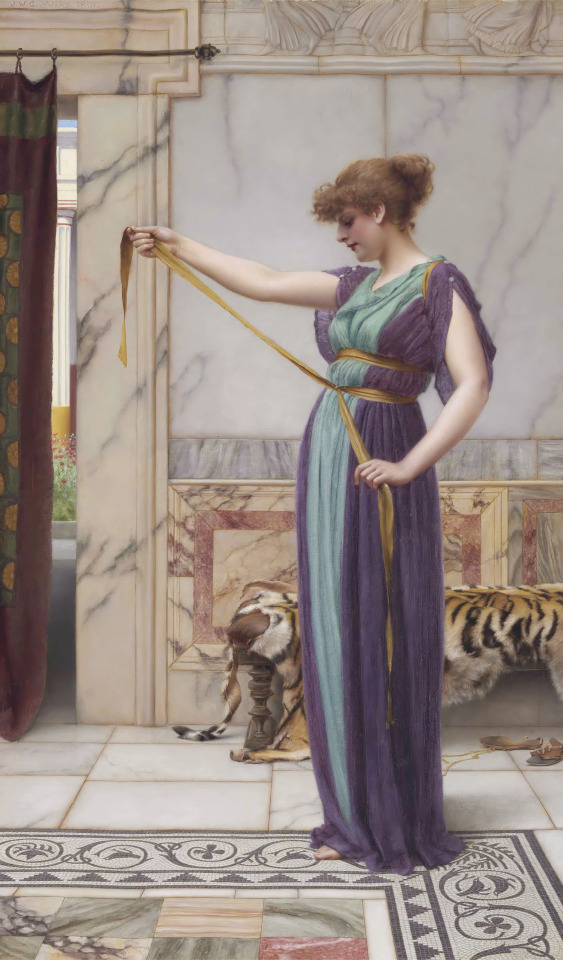
A Pompeian Lady, John William Godward, 1891
#art#art history#John William Godward#historical painting#ancient history#Ancient Rome#Roman Empire#Pompeii#imaginary portrait#Academicism#Academic art#Neoclassicism#Neoclassical art#British art#English art#19th century art#Victorian period#Victorian art#oil on canvas
1K notes
·
View notes
Text

𝖬𝗂𝗀𝗎𝖾𝗅 𝖢𝖺𝗋𝖻𝗈𝗇𝖾𝗅𝗅 𝖲𝖾𝗅𝗏𝖺, 1881 𝘿𝙚𝙖𝙩𝙝 𝙤𝙛 𝙎𝙖𝙥𝙥𝙝𝙤 (ancient Greek poetess)
#art#old art#artists on tumblr#painting#miguel carbonell selva#artwork#canvas painting#portrait#greece#ancient history#ancient greece#poems on tumblr#poets on tumblr#poems and poetry#poetic#poetry#romantic academia#chaotic academia#light academia#dark acadamia aesthetic#dark academia#academia aesthetic#classic academia#girl crying#aesthetic#overthinking#just girly things#philosophy#pinterest#tumblr girls
564 notes
·
View notes